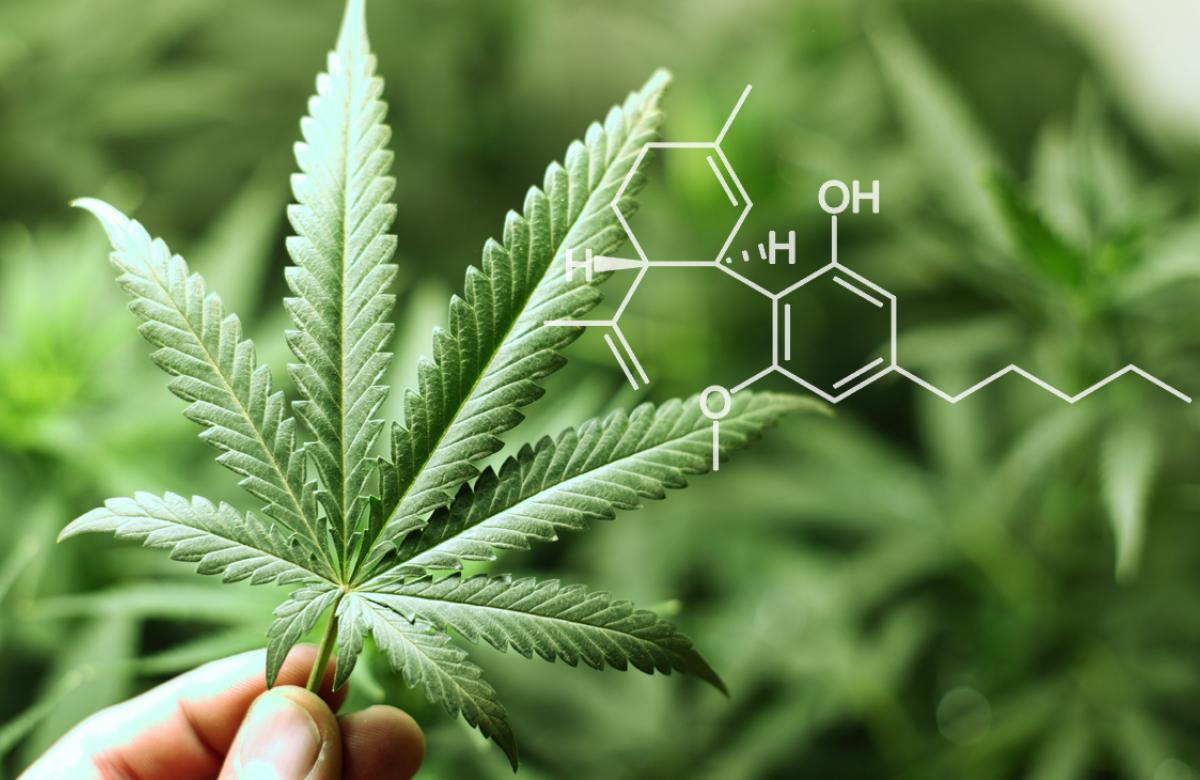
Cannabis! What Is It?
Cannabis, also known as hemp, is a plant with Central Asia origins made up of over 120 components known as cannabinoids and is generally consumed for its calming and relaxing effects. In some states, it is also prescribed to help with a wide range of medical conditions, including glaucoma, chronic pain, and poor appetite. While cannabis is 100% natural, it still can have positive and negative effects on you the user.
Components of Cannabis
As we’ve already seen, cannabis is made up of components known as cannabinoids. But what is a cannabinoid? A cannabinoid is one of many diverse chemical compounds that act on cannabinoid receptors within the endocannabinoid system of cells that dictate the release of neurotransmitters in the brain. While it is not yet fully understood what each cannabinoid does, there are two that cannabis experts understand well – these are CBD (cannabidiol) and THC (tetrahydrocannabinol).

CBD vs. THC
- Cannabidiol – CBD is a non-psychoactive cannabinoid, which means that it will not get you “high.” It is often used to help ease pain and reduce inflammation and can also help with migraines, nausea, anxiety, and seizures.
- Tetrahydrocannabinol – THC is the primary psychoactive compound in the cannabis plant and is responsible for the “high” effect most people associate with the plant.
Cannabidiol as a Treatment Option
The main reason why most people prefer taking cannabidiol – in whatever form, be it CBD oil or CBD gummies or CBD isolate – is because this hemp byproduct does not have any psychoactive effect on the user. It is touted for having a variety of uses when it comes to dealing with health issues, but it has been scientifically found that it is most effective in treating some of the most devastating childhood epilepsy syndromes like Lennox-Gastaut syndrome and Dravet syndrome which generally do not respond to medication.
Cannabidiol is also often used to address nervousness and insomnia. It is also known to be a viable solution when it comes to the treatment of different types of chronic pain. Various studies have found that when applied to the skin, CBD could help lower inflammation and pain caused by arthritis. Other studies have even demonstrated the mechanism CBD uses to inhibit neuropathic and inflammatory pain, two types of chronic pain that are particularly difficult to treat.

Is CBD Safe?
CBD does have some side effects and which might include irritability, fatigue, red eyes, muscle relaxation, hypotension, and nausea. The compound could also increase the levels of Coumadin, a blood thinner, in your blood, and can raise the levels of other medication in your blood too. The only safety concern that is considered significant is that cannabidiol is primarily marketed and sold as a supplement instead of medicine. Other than that, there aren’t any significant claims by researchers or CBD users that the component has led to significant side effects. To this far, CBD is considered safe for use and consumption. Though it is advisable that you seek medical advice before you start taking any cannabis products, and that includes CBD.
How CBD Can Help With Post-Cancer Pain
18 to 21 percent of cancer patients have cancer-related neuropathic pain due to the disease or its treatment while CIPN or chemotherapy-induced peripheral neuropathy occurs in 30 to 40 percent of patients. This pain is often a result of chemotherapy’s infliction of systemic cellular damage causing nerve cells to experience dysfunction or to die.
Patients experiencing neuropathic pain can be treated using a variety of drugs, which may include anti-epileptics like pregabalin and gabapentin and antidepressants like selective serotonin norepinephrine inhibitors and tricyclic antidepressants. However, these medications can bring about significant side effects and might have limited efficacy. The other option would be to use opioid painkillers (most to treat severe pain) to ease discomfort. However, these tend to carry several potentially severe risks and are known to impair gastrointestinal and cognitive function, cause mood swings, and are likely to lead to addiction when used for a long time or even overdosing.

CBD has proven to be a quite effective alternative for treating post-cancer pain. Unlike most of the treatment options available, CBD isn’t only known for its effectiveness, but also its suitability for both short and long term use and mild side effect profile. Since it can be used in concert with other medication or alone, patients could achieve better pain relief, eliminate or decrease frequency or dosage of other analgesics. Furthermore, research shows that cannabidiol could work synergistically with chemotherapy medication too.
How It Works
Different studies have shown that cannabidiol acts on different receptors in the body, and that is what helps reduce inflammation and lessen pain. For instance, it binds to the 5-HT1A receptor as an agonist where it acts as a potent anti-neuropathic together with the receptor’s agonists. It also stimulates CB1 receptors, known to regulate stress, impulsive behaviors, and arousal, bringing about positive effects like inhibiting pain from nerve damage while reducing tactile allodynia and thermal hyperalgesia. Apart from that, CBD also activates CB2 receptors, which in turn suppress chemotherapy-induced peripheral neuropathy, further reducing pain.
And while more research is still being conducted, current data does show that cannabidiol is quite useful when it comes to managing post-cancer pain. While it is not yet clear about it treating cancer, the important thing is that it is providing a way for cancer patients and survivors to live a somewhat pain-free life, which is a good thing. To find out more information about CBD for cancer please check out https://www.akcannabisclub.com/best-cbd-oil-for-cancer.
















